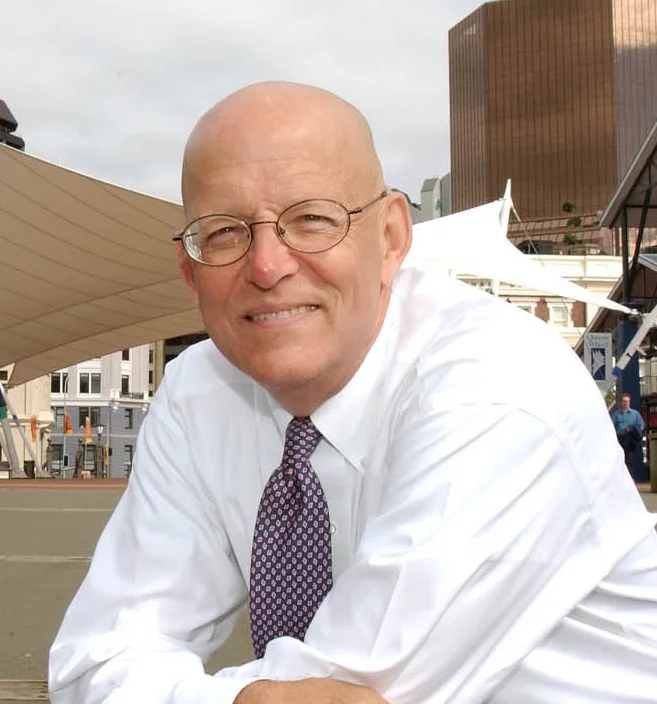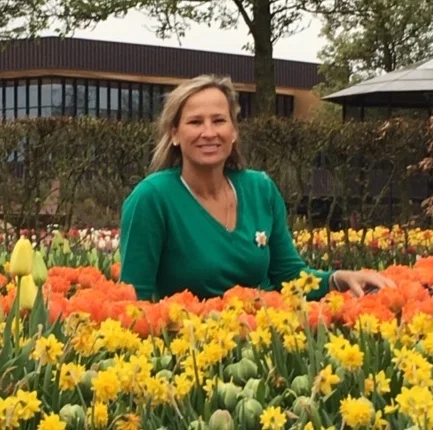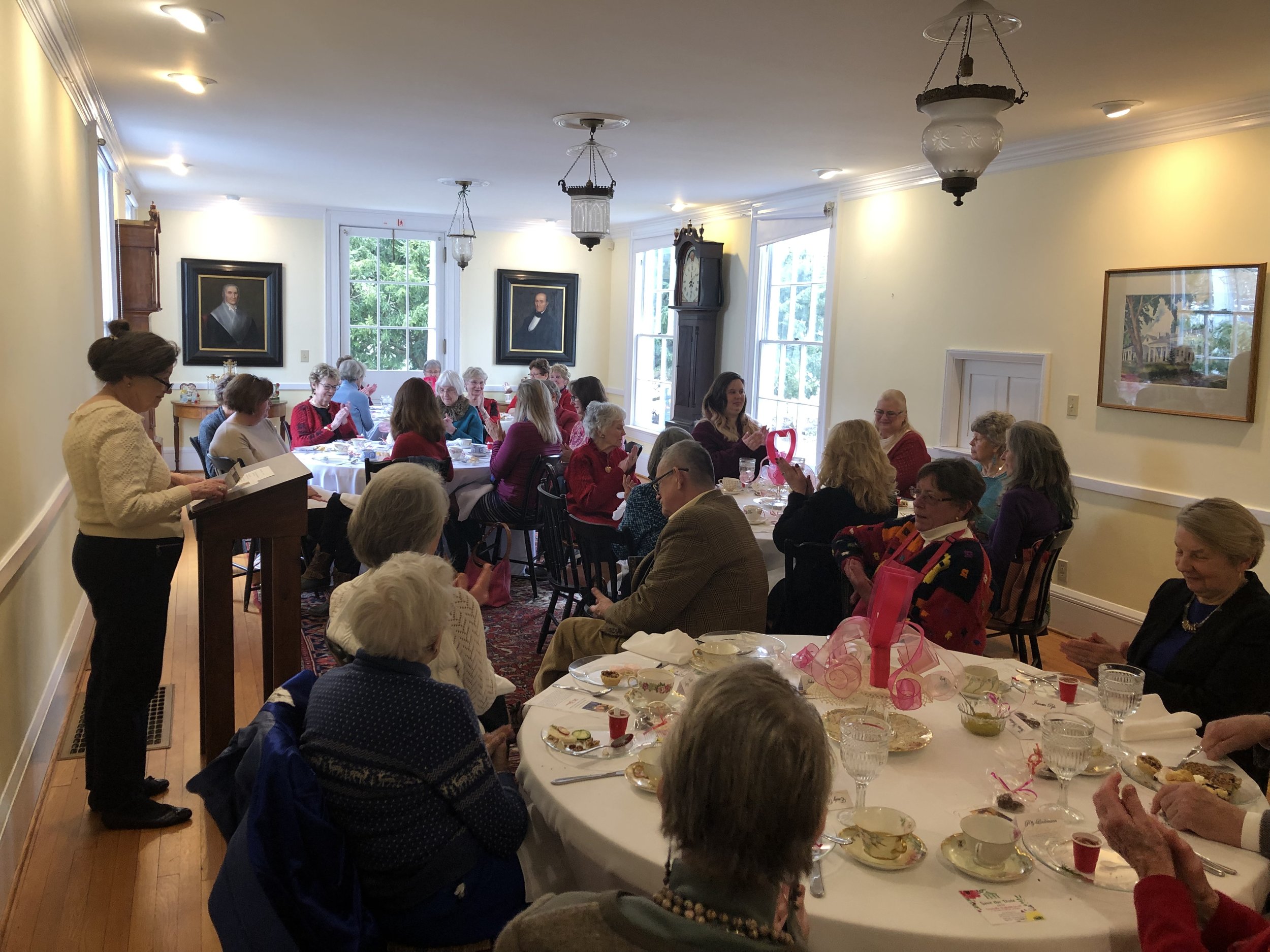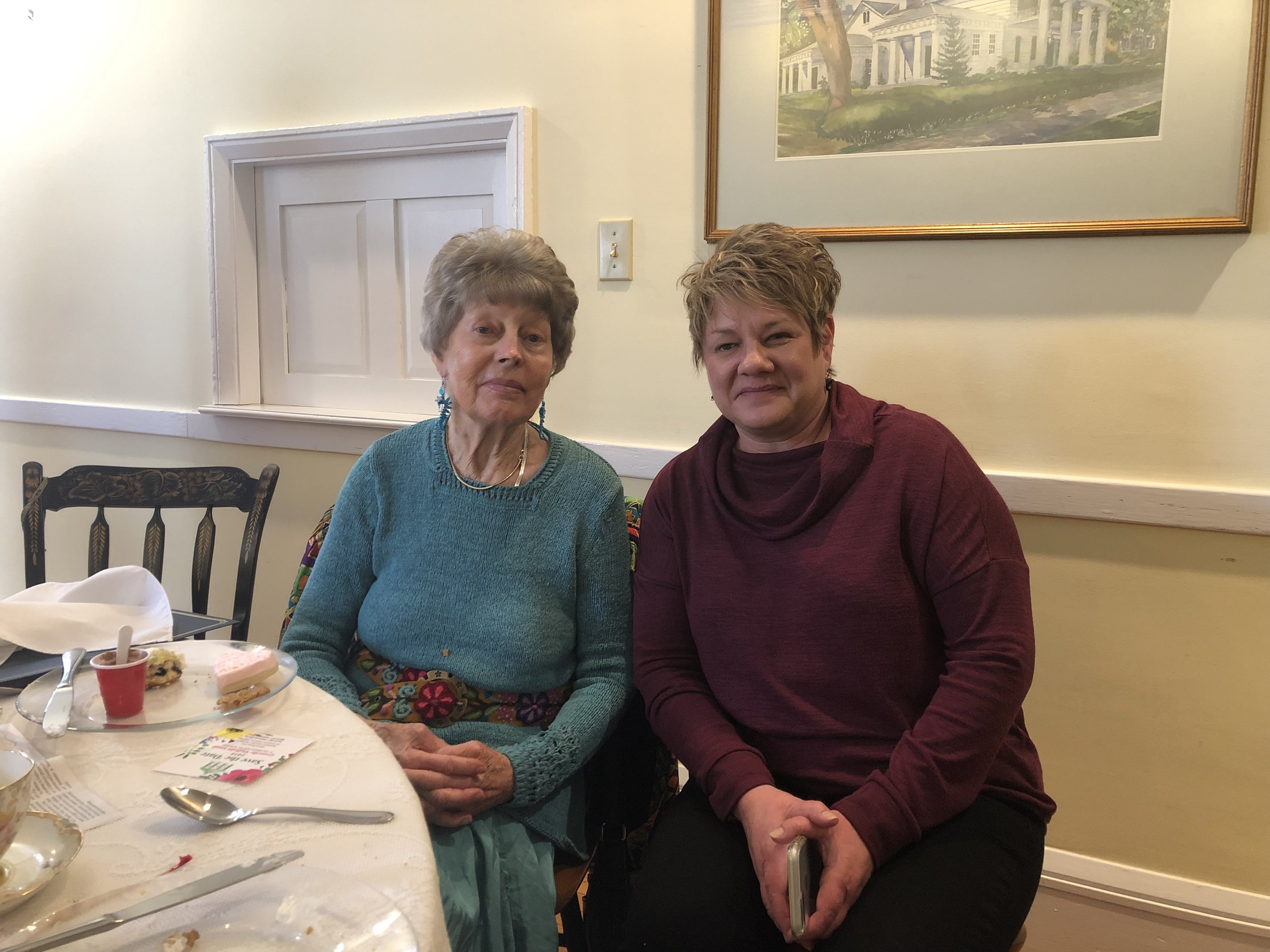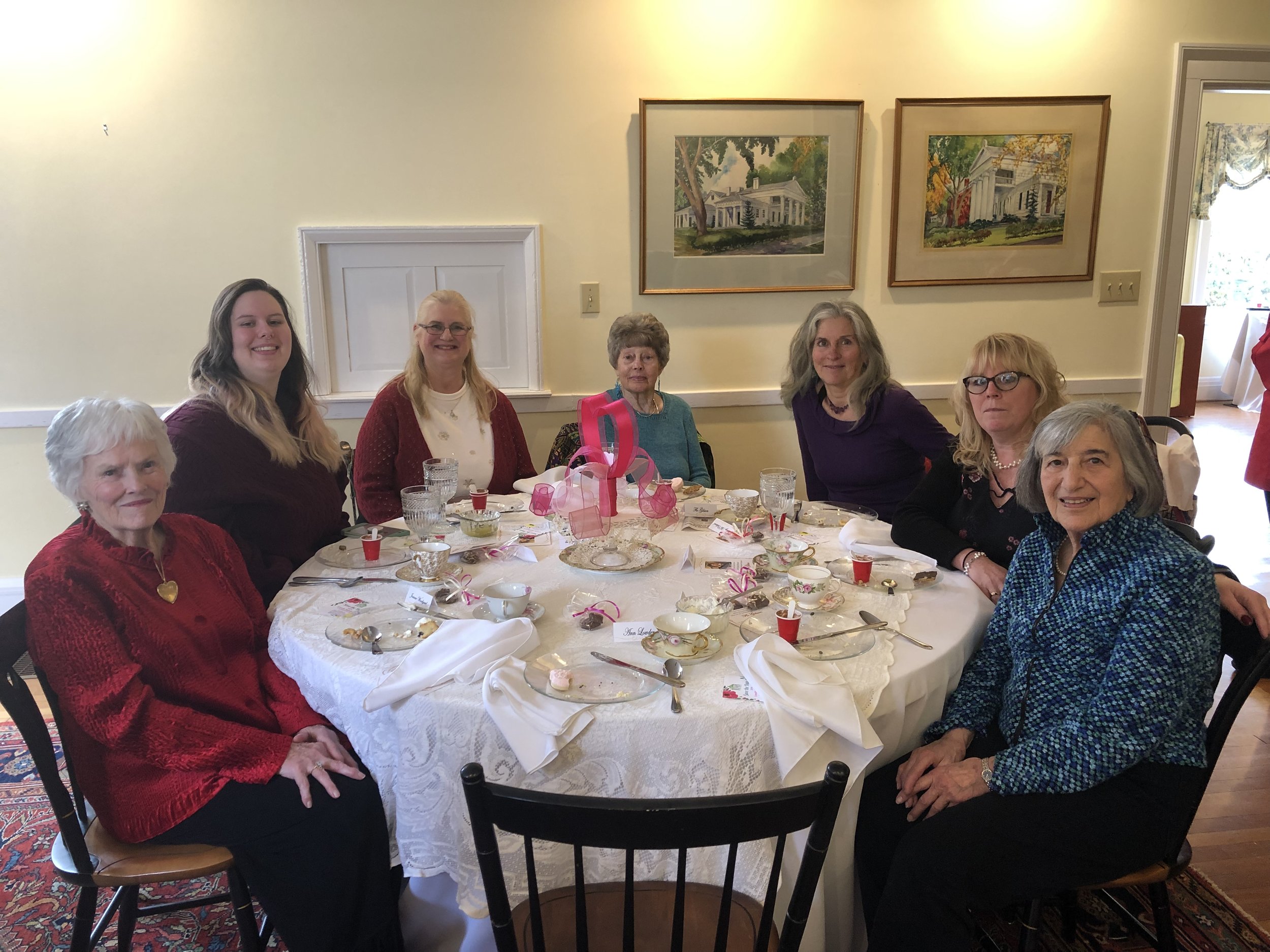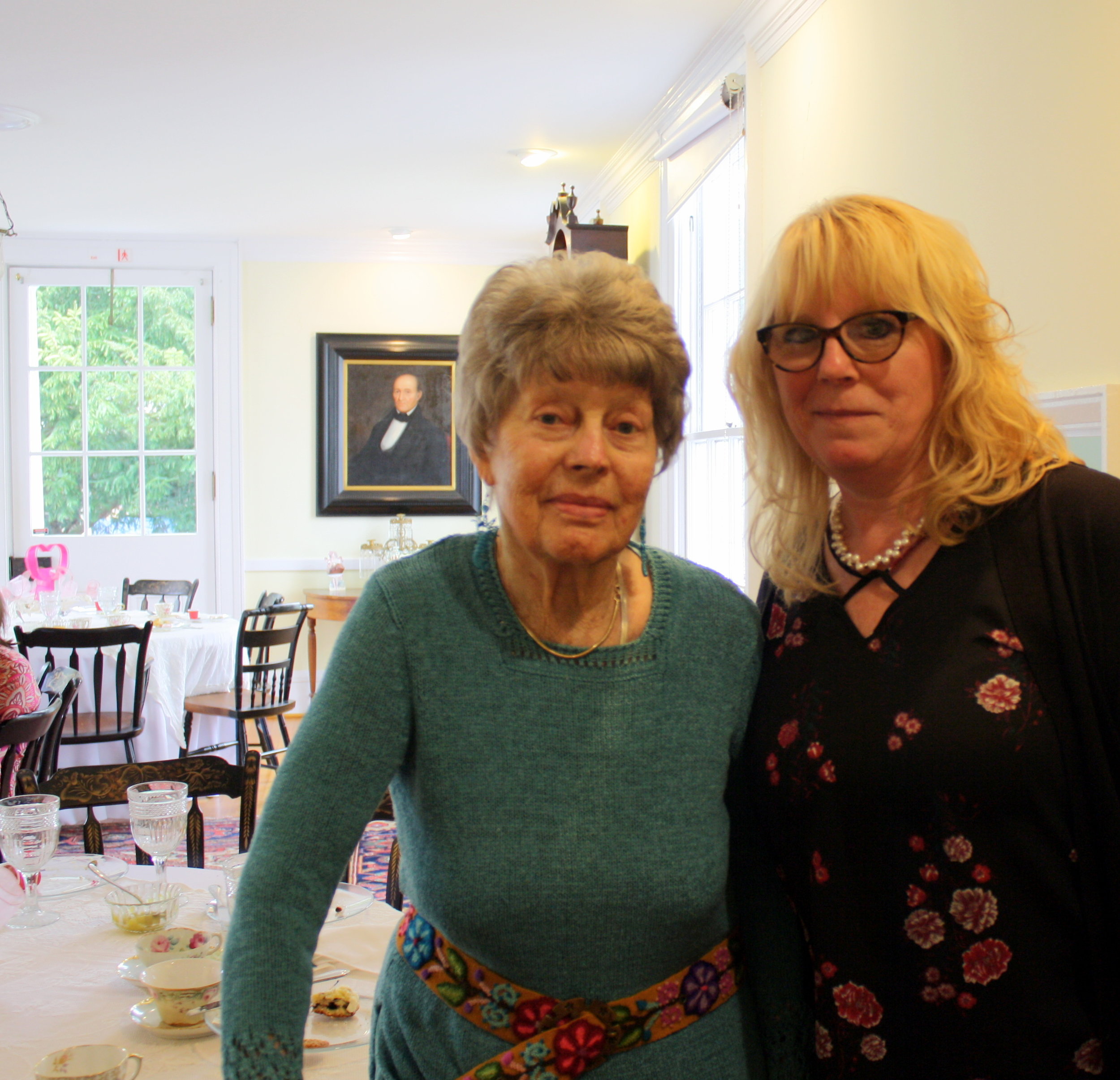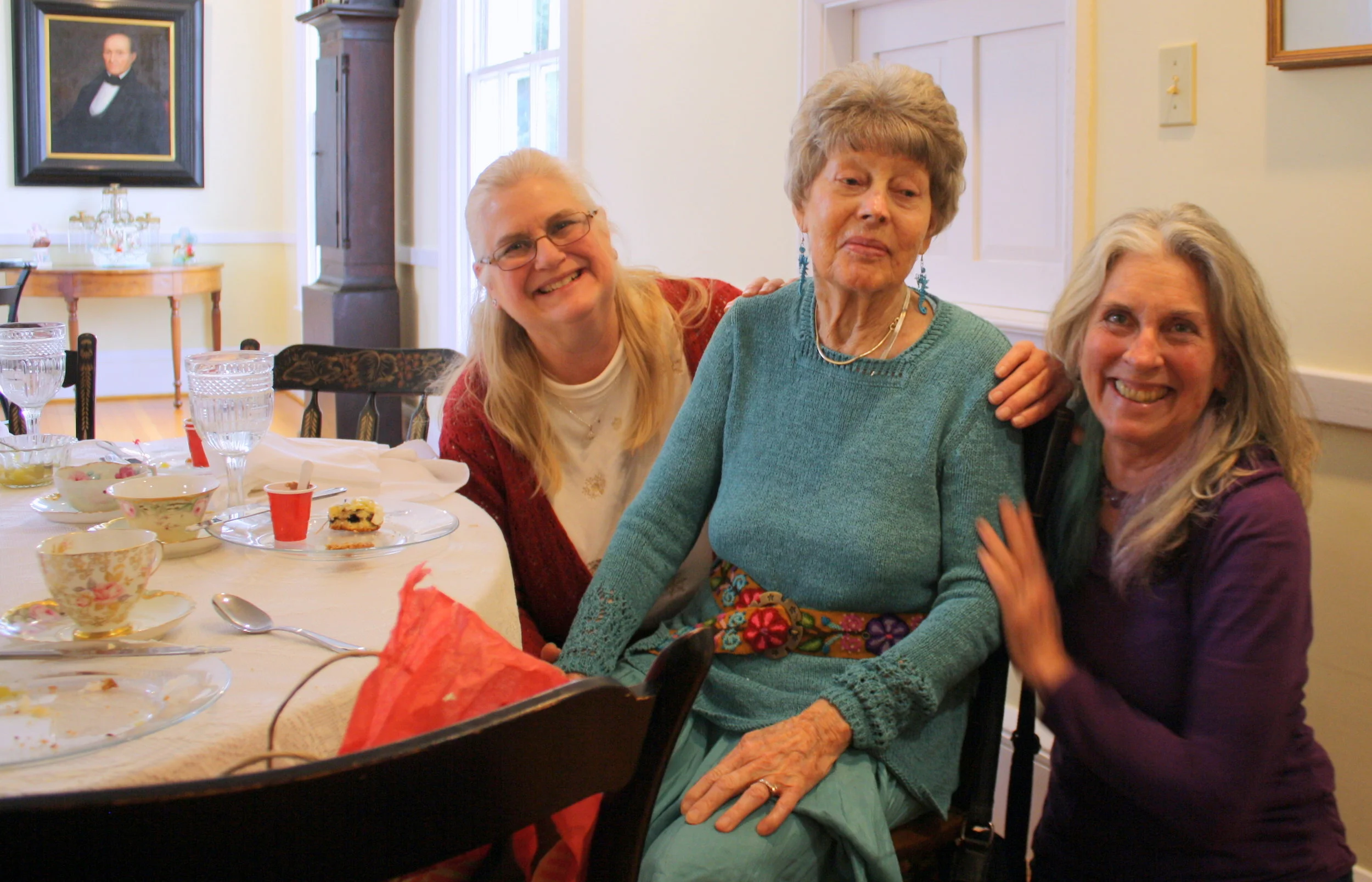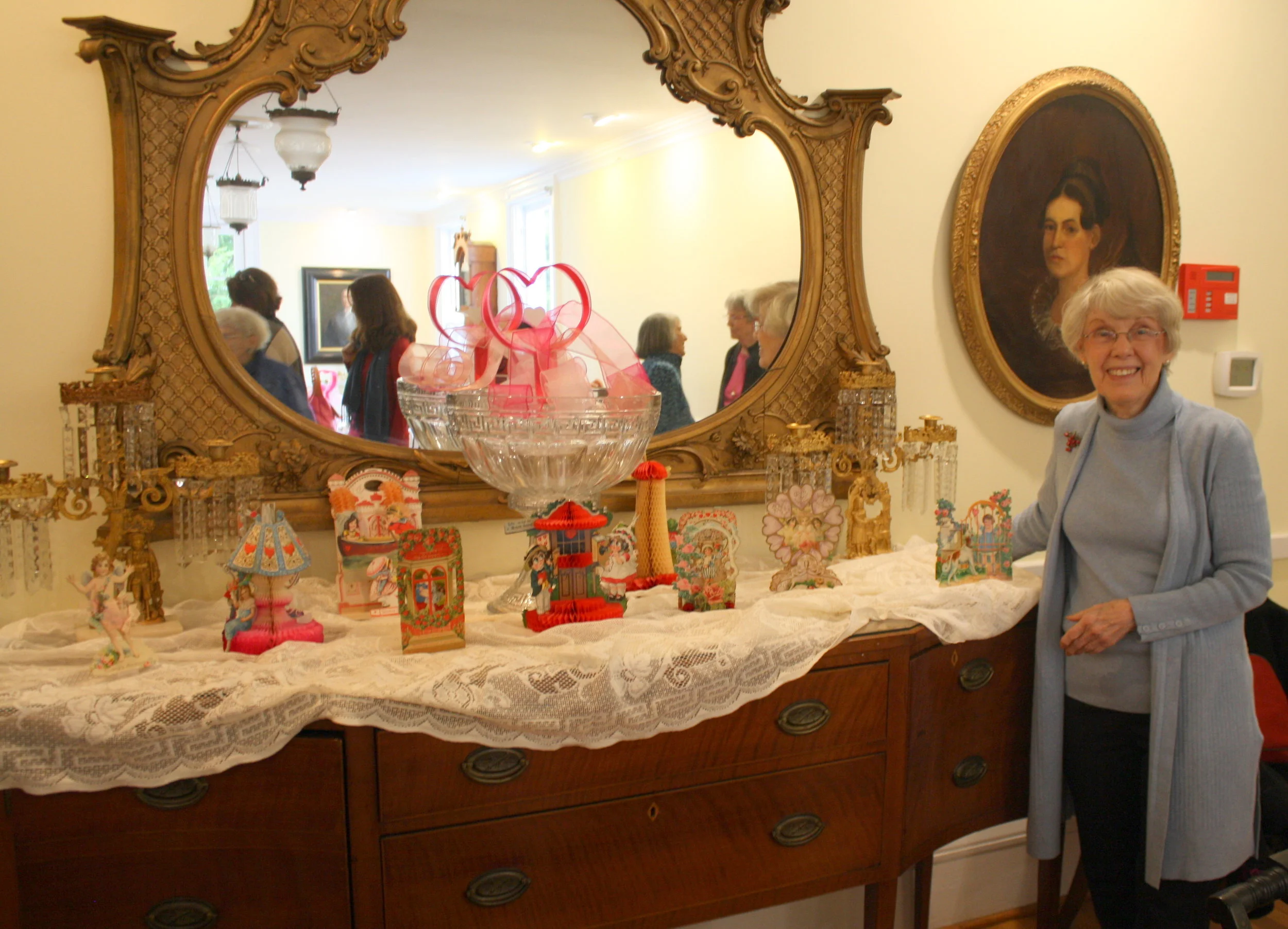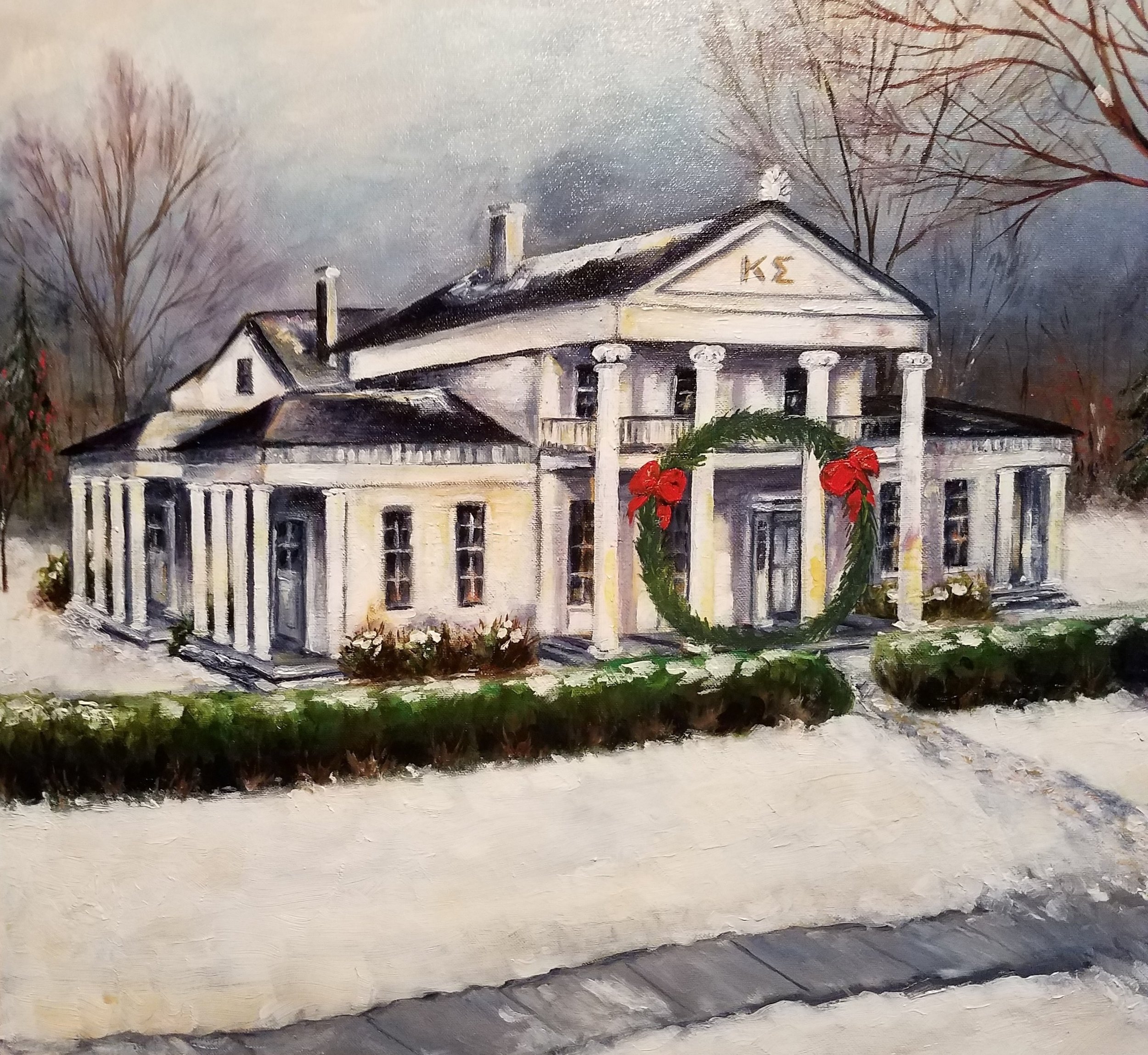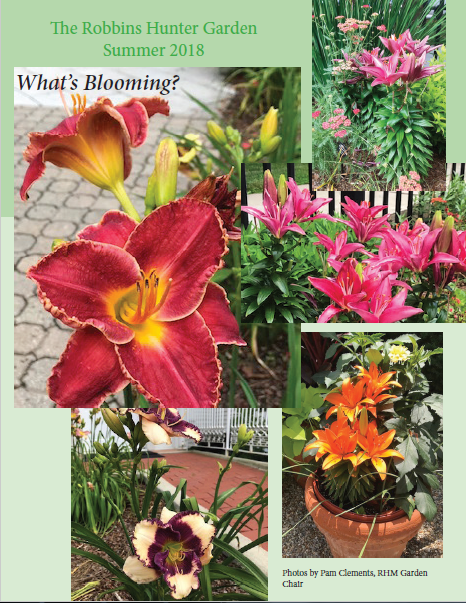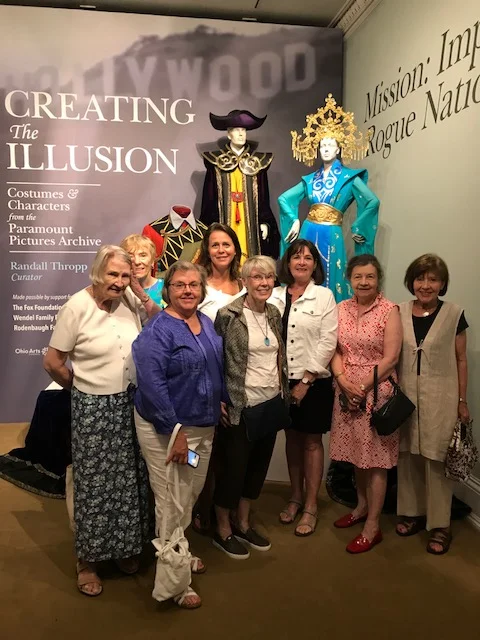The Robbins Hunter Museum is pleased to announce four new members to the Board of Trustees. The Board of Trustees manages the business of the Avery-Downer House. Members volunteer their time and passion to ensure the mission of the Robbins Hunter Museum is carried through.
Over the past year or so, the board lost several valuable members due to time commitments, moving away, or retirement. “Knowing the Museum was going into a period of self-analysis, it was time to create a long-range planning committee to chart a course for the future, and the growth and development of the museum,” said Christina Gray, president.
“Looking at the existing board, we realized there were several areas that needed representation. We needed more businessmen and women to keep our eye to the goals; we needed an attorney for insight and legal advice, and we needed younger members ready to make an impact on the museum and the community.”
We asked them to tell us a little about themselves and their perspectives as new members:
John Martin
For 15 years John held executive positions at a software and services company. His executive responsibilities ranged from marketing to consulting services to international operations where he managed business development and marketing initiatives. He is a current member and former officer of East Central Ohio SCORE, a nonprofit association under SBA dedicated to helping small businesses get off the ground, grow and achieve their goals through education and mentorship.
“Robbins Hunter Museum is a unique part of the community and has the potential to appeal to a national audience,” John says. “As board members we have an individual and collective responsibility to expand the appeal of this asset to the wider area. And on a local level, to raise the awareness within the community of this not so well-known treasure.”
John believes the biggest challenge in the next few years is establishing financial stability and then to increase the endowment to ensure future stability and allow the museum to gain presence to a wider audience.
“The first step in addressing an issue is to define the problem and then the solutions,” he says. “The current board is well into this process.”
Catherine Burgett
Catherine is a member in Frost Brown Todd’s Columbus office where her practice focuses on the representation of both public and private employers in a broad range of labor and employment matters, including traditional labor work, employment litigation, breach of contract, and advising employers on a daily basis regarding employment issues. She represents a wide variety of small, mid-size, and large employers, including those in the health care, manufacturing, logistics, technology, food service, construction, retail, and customer service industries, as well as several public sector entities in Ohio and surrounding states.
Catherine is a graduate of Denison University, the William and Mary School of Law, and the Mason School of Business. In addition to other accomplishments, she was named to Columbus Business First 40 under 40 in 2015, is a 2015 graduate of the Leadership Columbus program, and an Ohio State Bar Foundation Fellow.
“As a graduate of Denison and someone who believes that the treasures of the past must be preserved to inform and enhance the future, Robbins Hunter Museum is a perfect fit,” says Catherine. “I am excited to lend any assistance I can to the Board and the museum as a whole. I believe the biggest challenge for RHM is defining its mission to both serve its historical legacy and to be well positioned for future growth.”
Sandra Lodge
Growing up in Lancaster, Ohio, Sandra became exposed to local history and unique historical homes at an early age. She recognizes that the Robbins Hunter Museum falls into both of those categories. “Serving as a volunteer board member provides an opportunity to work with other community members in preserving and promoting one of the jewels of downtown Granville,” Sandra says.
After graduating from OSU with a Bachelor of Science in Business Administration, Sandra worked at a Big 4 public accounting firm in Columbus. While working there she earned her CPA license and achieved her Masters of Business Administration from Capital University. Following five years of public accounting, Sandra worked in The Limited’s corporate division of Store Design & Construction for seven years. She then started at Licking County Library in 2007. Sandra was thrilled to find a job that combined her knowledge of accounting / finance and her love of books, especially mysteries (book mysteries, not accounting mysteries!).
“I have enjoyed volunteering with multiple community organizations in Granville and would like to share those experiences with RHM,” she adds. “As a CPA, I can also offer financial skills to assist the board.”
One of the biggest challenges over the next few years, she said, will be to balance all of the unique features of the museum from its Victoria Woodhull Clock Tower and the history of Mrs. Woodhull to its nationally ranked daffodils garden to the architectural significance of the Avery-Downer house with the available financial resources. “The board is positioning itself to address all of these unique features by updating its strategic plan, preparing to have a facility assessment completed to properly plan for future maintenance and enhancing its marketing and event planning.”
Rachel Menzer
Rachel hails from Johnstown, PA and Sebewaing, MI. She was first introduced to Licking County by her husband, Drew, who grew up here. They have two children, James, 3, and Kate, 2. Rachel graduated from St. John's College in Annapolis, MD, in 2013 with a BA of liberal arts. During college, she completed an internship at the Saginaw Art Museum in Saginaw, MI, another museum housed in a beautiful historic home and garden.
“One of my favorite aspects of the village of Granville is its historic charm. I chose to volunteer as a board member so that I may become more involved in our community while volunteering my time to a museum that treasures our history,” Rachel said.
She is interested in helping the museum continue to engage a larger audience, especially families and students, so that the next generation appreciates its history and becomes leaders for tomorrow.
“I think our biggest challenge is going to be balancing our goals to grow the museum with continuing the important work that is already being done,”she said. “I believe the board is full of people with diverse talents and connections and that we will be well-positioned to achieve this balance.”



